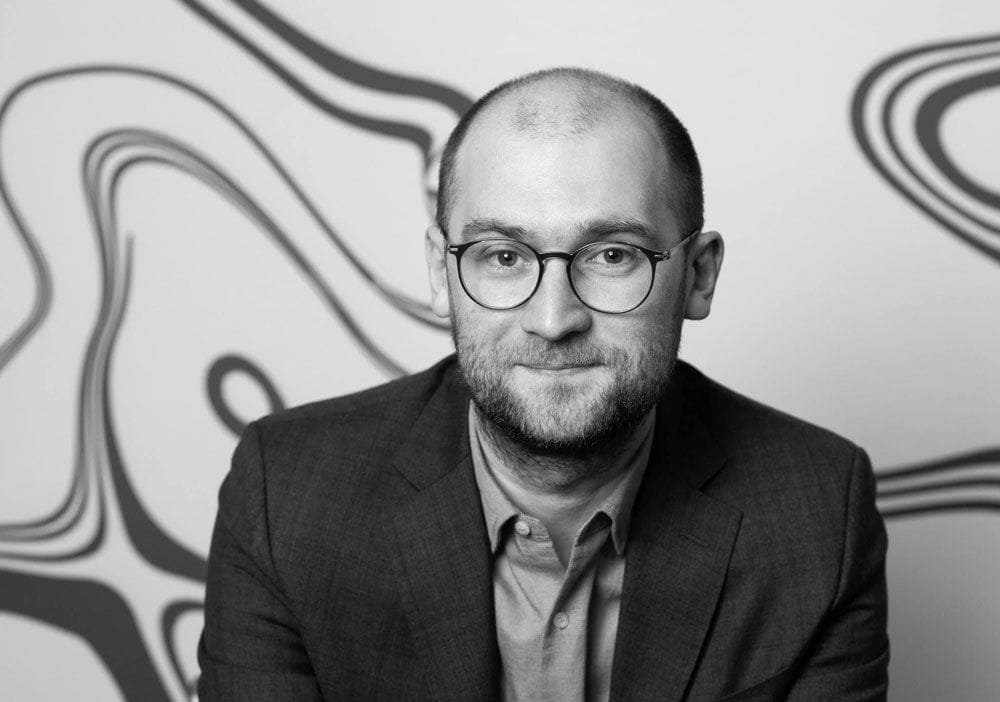BBFF Interview: Laurynas Bareiša
Part of the Boston Baltic Film Festival 2025

The Boston Baltic Film Festival runs from Friday, 2/28 through Sunday, 3/2 at the Emerson Paramount Center, and through 3/17 virtually. Click here for the schedule and ticket info, and watch the site for Joshua Polanski’s continuing coverage!
Two sisters take their husbands and kids to the family lakehouse in Drowning Dry, and in the great tradition of European summer films (Knife in the Water; La Piscine; Afire), something awful happens. It’s not the predictably bad thing that happens but something else, something totally random and a distant butterfly effect from the original, almost-tragedy.
The emotional aftereffect of the first almost-tragedy changes the world for the characters in Drowning Dry though; what happened (or almost happened, or perhaps did happen but not as horrifically as the viewers originally think) makes them see the world differently. The Slovenian Marxist and cultural critic Slavoj Žižek would call this “an event.” That is, “something shocking…out from nowhere” or an “effect which exceeds its cause.” For Žižek, the material reality of the event, the thing that happens and changes the world, is not the point; it is that we believe it to be true.
The couples at the heart of the Lithuanian director Laurynas Bareiša’s new film all respond to what happened that day at the lakehouse in their own, very-gendered ways. The editing follows suit, breaking with the normal cinematic experience of time. That’s what tragedy and depression do: they alter the way we interact with the world and the way the world interacts with us. Bareiša, who works as his own cinematographer, shields us from the “violence” of the lake and even the details of what happens. We see no more than the characters do. He shoots the “drowning” in a still and slowly zooming long shot and creates a serious voyeuristic window with a shrinking frame. It keeps an emotional remove by not actually moving the camera any closer and, contradictorily and curiously, at the same time peers into the intense emotion at work in the scene. The quiet soundtrack and non-invasive score complement the photographic direction well. By leaving the soundscape in the realm of potentiality during the tense moments, Drowning Dry builds more of a dramatic cliff for the family to fall from.
In this interview conducted over Zoom, I talk with Bareiša about the pseudo-scientific idea of “dry drowning,” gender, the strange editing and his editorial influences, and more.
The following interview has been condensed and edited for clarity. Read Joshua’s full review of Drowning Dry here.
Boston Hassle: You choose not to show what actually happens on that day at the lake right away. Instead, you let the audience piece it together as the film goes along. Where did that artistic impulse come from?
Laurynas Bareiša: For this film, I wanted to have a structure that relates to the whole problem of the film. And for me, when I started doing the film, I was interested in investigating this relationship with a moment that is almost tragic. Something [bad] could have happened, but then it didn’t, and [something bad] happens in a different way anyway. I wanted to tell [the] story not chronologically but more emotionally. I wanted to split it because this moment does not affect you in the moment. When something bad happens, [if the girl drowns,] you realize that it’s bad, and you already feel the consequences if the girl drowns. But if the girl doesn’t drown, then it becomes a state where factually everything ended well but emotionally [things are traumatic]. [There is] this strange post-traumatic stress and some kind of emotional trauma. So we wanted to create a story that is true to this emotional fact, the emotional fact of loss, which you already imagined when [you thought the kid drowned and her being resuscitated]. You cannot unimagine this kind of relationship with what you already put yourself through in your mind.
We wanted [our] story to reflect this relationship [of the moment and emotional reality] to the viewer. This first time jump is the moment where the characters get this kind of gap in their reality between what is [felt] and what actually happened.
Continue reading at the Boston Hassle.